According to expert estimates, installing a motion sensor can save 20 to 58% of electricity. The installation of such a device is very beneficial if the detector is selected taking into account its characteristics and features of use.
Types of motion sensors and characteristics
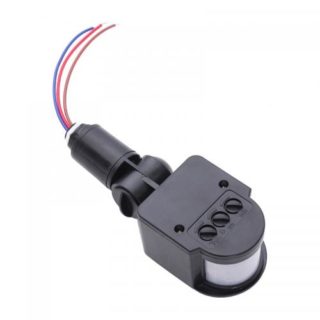
There are several types of detectors, which differ in that they react to different conditions - they detect an object in different ways.
- Infrared - they react to heat radiation, therefore, they turn on the light when a moving object that emits heat, including animals, enters the detection area. Due to the latter feature, it is not recommended to install them in apartments with pets, especially large ones.
- Sound or acoustic - triggered when noise occurs, so the light turns on even before the immediate appearance of an object in the range.
- Ultrasonic - emit ultrasonic waves and compare the reflected signal with the emitted one.
- Microwave - similar to ultrasonic, only the action is based on the emission of microwave waves that can pass through obstacles (thin brick walls, wooden partitions). The sensors will still react to movement.
- Combined - combine several options for object detection, for example infrared and acoustic, due to which the disadvantages of one detection method are compensated for by the other.
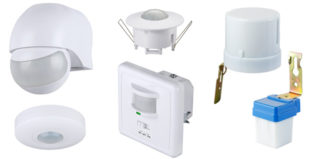
According to the place and method of installation, motion sensors are ceiling-mounted (they are also called wall-mounted or overhead) and built into the socket.
- Ceiling detectors are equipped with universal brackets. They are mounted on a flat surface and can be rotated. The installation height is about 2.5 m.
- The detectors that are built into the socket are installed flush with the wall surface. For installation, they usually choose a site near the luminaire.
By the type of power supply, wired and wireless sensors are distinguished. Wired ones are powered from a 220 V mains, and wireless ones, transmitting a signal through radio waves, work from 12 V rechargeable batteries.
In some models, the motion sensor is not the main, but an auxiliary part: in LED lamps with a motion sensor or sensors with a siren. The former are equipped with an active or passive controller. Products with an active controller emit a signal and then compare the reflected waves. This allows you to minimize false alarms, but the cost of such devices is higher. Luminaires supplemented with a motion sensor with a passive controller are popular due to their lower cost, but they also have a higher percentage of false alarms, because they only work to receive waves.
Autonomous sensors with a siren, when triggered, turn on the siren. Modern models can also give not only a sound, but also a light signal, send a message about an incident via a GSM-communication channel to the owner's phone or a security console.
Principle of operation
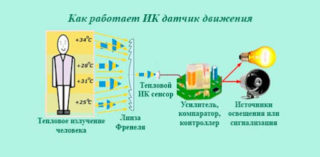
The principle of operation of the IR motion sensor for illumination is to react to the appearance or disappearance of infrared light on the photocell. A noticeable infrared light is emitted by a person, due to the fact that his body temperature is significantly higher than the ambient temperature. However, sometimes the sensor can react to heat radiation from household appliances.The latter leads to false positives.
In the center of the device, which houses the signal processing circuitry, is a pyroelectric IR sensor. The main lens consists of many small lenses, each of which focuses IR light on the plane of the photocell, and one of them directly on the photocell itself, and the signal is recorded. During the movement of a person, the focus of the lens is shifted from the photocell, the signal disappears. At the same time, another lens is connected, which in turn focuses the IR light, and the signal reappears. The more lenses, the higher the sensitivity of the sensor. There can be from 20 to 60 of them in the device.
IR detectors are completely safe, do not emit any radiation, but require careful selection of the location.
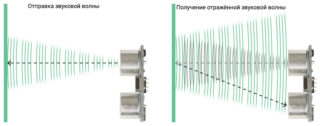
Ultrasonic sensors emit a signal at a frequency of 20-60 kHz. They work on the principle of a locator, i.e. compare the reflected signal with the original one. Reflected waves are received by the receiver. If the signal changes due to the Doppler effect, the detector closes the circuit.
The devices are inexpensive, they drive the mice away, as they cause discomfort in animals, but they have an important feature: they only respond accurately to fast movements. Sensitivity adjustment is possible, but then the percentage of false alarms increases.
Microwave sensors emit microwave waves, most commonly at 5.8 GHz. In principle, they are similar to ultrasonic ones, because thanks to the built-in processor, the reflected signal is compared with the emitted one. Their main disadvantage is that they constantly emit microwave waves, which are harmful to human health. The radiation power must comply with the WHO requirements: no more than 1 mW / cm2.
Motion sensors respond to movement in the detection area, the appearance of obstacles. They can be used in burglar alarm systems, as well as to turn on devices, in particular lighting elements. Ultrasonic detectors are widely used in automatic parking systems, long corridors.
Criterias of choice
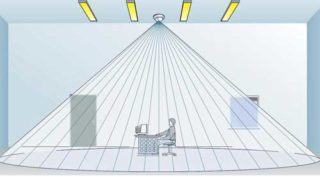
To choose the right model, you need to take into account the recommendations:
- Place of installation. The required IP protection class depends on this. Outdoors where the sensor is exposed to water and dust, an IP65 rated device is preferred. A detector installed under a canopy can be IP44, while indoor detectors are suitable for sensors with a lower degree of protection.
- Sensor type. Since devices differ in the way they detect moving objects, it is necessary to determine which type is suitable in a particular case. For example, for a house it is better to purchase IR sensors, for alarm systems - microwave, for entrances - ultrasonic.
- Viewing angle. Depends on the number of entrances to the premises. If there are 2-3, a 360 ° motion detector will do the best. If the light must be turned on when passing through one section of the room, you can get by with a device with a viewing angle of 180 °. To do this, you need to direct it in the right direction.
- Power. The detector is selected taking into account the power of the luminaires. The sensor power should be slightly higher.
- Radius of action. The radius of detection or the maximum distance to the object, to which the detector reacts, is of great importance. If the room is small, a sensor with a minimum detection radius is sufficient. When choosing a detector for street lighting, you need to approach the definition of this parameter more responsibly.
- The presence of a photo relay. Thanks to the photo relay, the lighting will be turned on only when it is needed - when the illumination level is insufficient.
- Protection from animals. This function is necessary so that when you have pets, such as a dog, the sensor does not react to their movement.
The last aspect is the manufacturer. It is not recommended to buy sensors at a suspiciously low price from unknown manufacturers.
Connection features
- Wireless (battery operated). Such detectors are installed where it is difficult or impossible to connect the power line.
- Directly to the luminaire. This connection scheme is the most simple, but inconvenient from the point of view of use in an apartment, because the light will be turned on only by the reaction of the motion sensor. If there is no movement, the light will turn off.
- Through the switch. This method of connection allows you to organize constant lighting bypassing the detector.
- Through an outlet. In this way, the detector is connected when it is needed. For example, if it is not equipped with a photo relay, it is disconnected from the network during the day.
- In combination with another detector. A parallel circuit for connecting motion sensors is necessary on the street or in a house, where, due to a large area or the presence of obstacles, one detector will not be enough. The detectors are mounted at several points.
- With magnetic starter. It is used when the sum of the powers of all light sources exceeds the rated power of the sensor. The most widely represented are devices with a rated power ranging from 500 to 1000 W.
One of the important points is the selection of the installation site, because it is necessary to position the sensor in such a way as to minimize the dead zones. The angle of inclination and height are taken into account.
Having chosen the scheme and the place of connection, you can proceed with the installation:
- The power supply is turned off on the introductory panel.
- Connect the wires to the sensor and the luminaire. It is important not to mix up the polarity. Wire colors and markings above the connectors will help you orient yourself.
- Then you should set the regulators to the desired positions so that the sensor works in optimal mode.
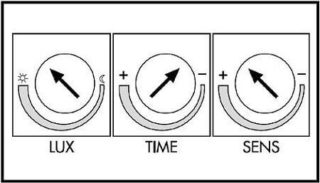
There can be up to four regulators:
- Lux - lighting level when triggered. The setting is performed by initially setting the maximum value. At dusk, it is necessary to adjust the position for the sensor to respond.
- Time - shutdown delay. Tune the device from the minimum values.
- Sens - sensitivity. It is configured so that the sensor does not work on small animals, but only on humans. It is recommended to adjust from the maximum position, gradually decreasing the sensitivity.
- Mic is the noise level at which triggering occurs.
If you adjust all the parameters correctly, you can save up to 50% energy.
Making a motion sensor with your own hands
To make a homemade device, you will need the following tools, parts and materials:
- voltmeter;
- soldering iron;
- connecting wires;
- mixer pad;
- screw;
- laser pointer;
- relay RES 55A;
- transistors;
- resistors;
- photodiode FD 265;
- Power Supply.
Assembly instruction:
- The connector is cut off from the power supply and a positive contact is found using a voltmeter. Solder a 10 kΩ resistor. And already a photodiode is connected to the resistor with a cathode.
- The photodiode anode is soldered to the trimming resistor. The emitter of the transistor is soldered to the minus of the resistor. The VT1 base is connected to R1 and soldered to the required manifold.
- The emitter of the transistor VT2 is connected to a minus, and the relay is connected to the collector VT2. With the plus of the power supply, another contact of the relay is soldered.
- Then they take a laser pointer. Two additional wires are connected to the power supply.
- The cord is inserted into the plumbing gasket, and then with the head inward into the pointer. The hat should rest against the inner spring.
- One power wire is connected to the screw, the other is pushed between the pointer body and the gasket.
The sensor should be installed at a height of approximately one meter from the floor. The pointer is mounted parallel to the floor so that the beam from it hits the photodiode. It is necessary to ensure that the photocell and pointer do not get dirty, otherwise the sensitivity will be reduced.
Repair rules
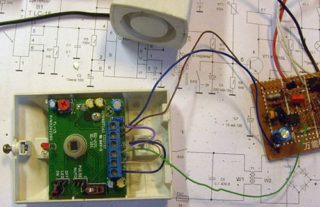
Disassembly of the sensor is carried out in a specific algorithm. Using the example of a motion sensor of type DD 009, the order will look like this:
- They put the regulators in the extreme position so that later there will be no problems with setting the settings.
- Then they are carefully removed with pliers.
- Using a screwdriver, like a lever, pry the holder mount and pull out the sphere.
- Where the halves of the sphere connect, you need to insert a flat screwdriver, twist it, and the latches will open.
- A board is installed inside, it is also fixed with latches. They are folded back with a screwdriver. There is a plastic plate under the board, which is fixed in the center with a self-tapping screw. There is a power board under the plate.
Relays often fail. It is located just on the power board.
Assembly is carried out in reverse order.
The motion sensor rarely fails, but if any malfunction occurs, you can fix it yourself. There are only 5 typical problems:
- the sensor does not turn on - may occur due to a voltage drop, mechanical or atmospheric impact;
- the detector does not turn off - the relay contacts may be closed or incorrect settings may be set;
- works by itself: it turns on, then turns off - this occurs due to overheating in the sun, exposure to electromagnetic fields, falling into the detection zone of any objects;
- falsely triggered - incorrect settings or bad contacts;
- does not turn off the lamp when the movement has stopped or does not turn it on - may be due to a decrease in the detection area over time.
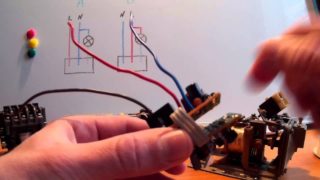
There are two ways to repair the device, depending on the malfunction: by disassembling the device and checking the internal parts, or by performing the adjustment again.
The obvious signs of a malfunction during disassembly are:
- the smell of burning;
- Darkened, swollen, or loose items
- burned-out board tracks.
Burnt and swollen parts must be replaced with similar ones, the tracks must be restored with a jumper, and poorly fixed elements must be re-soldered.
Top Models
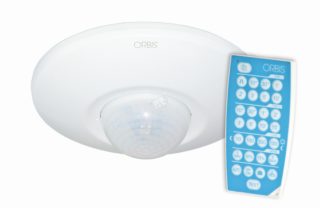
The best manufacturers of motion sensors for turning on light are: Rev Ritter, Orbis, Camelion. The TOP-3 of the best motion sensors for lighting includes:
- Orbis 360 degrees CIRCUMAT PRO CR white remote control OB134912. A Spanish sensor with a 360 ° detection angle, powered by 220 V. It can operate in a wide temperature range: from –10 to + 40 ° C. Suitable for large rooms because the detection radius is up to 30 m.
- Camelion LX-28A 6438. Designed for indoor use. Ceiling mountable. The shutdown range is from 5 seconds to 9 minutes. Importantly, the device is not expensive at all.
- Rev Ritter "Action" 110. Economical compact LED IR sensor. Wall or ceiling mounted. Works great and has an attractive price tag. However, the range is small.
A correctly selected and configured motion sensor guarantees energy savings and ease of use. The sensors can be used in the "smart home" system to turn on / off the light and as elements of the security system.

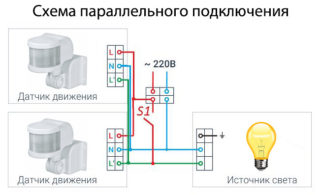


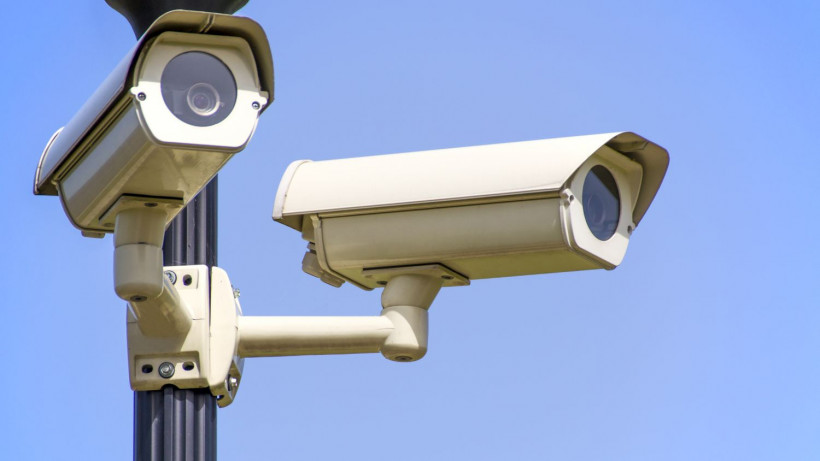
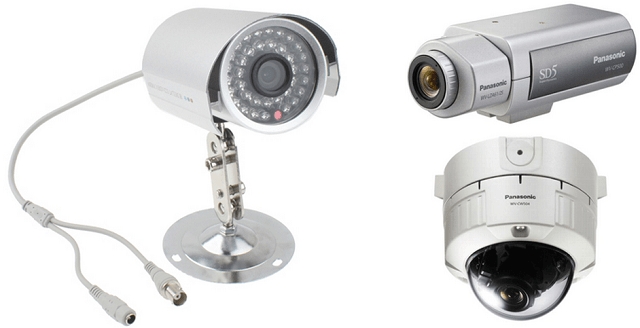




A very sensible article. For a long time I have been trying to find motion sensors to turn off. Needed in the hospital to automatically shut off the UV germicidal lights. The topic is in demand, but the market does not offer anything. Or I'm not lucky with the search. Maybe there is a way to change the circuit of any of the existing models to include? Ideally 360 ° coverage. Please help with information.